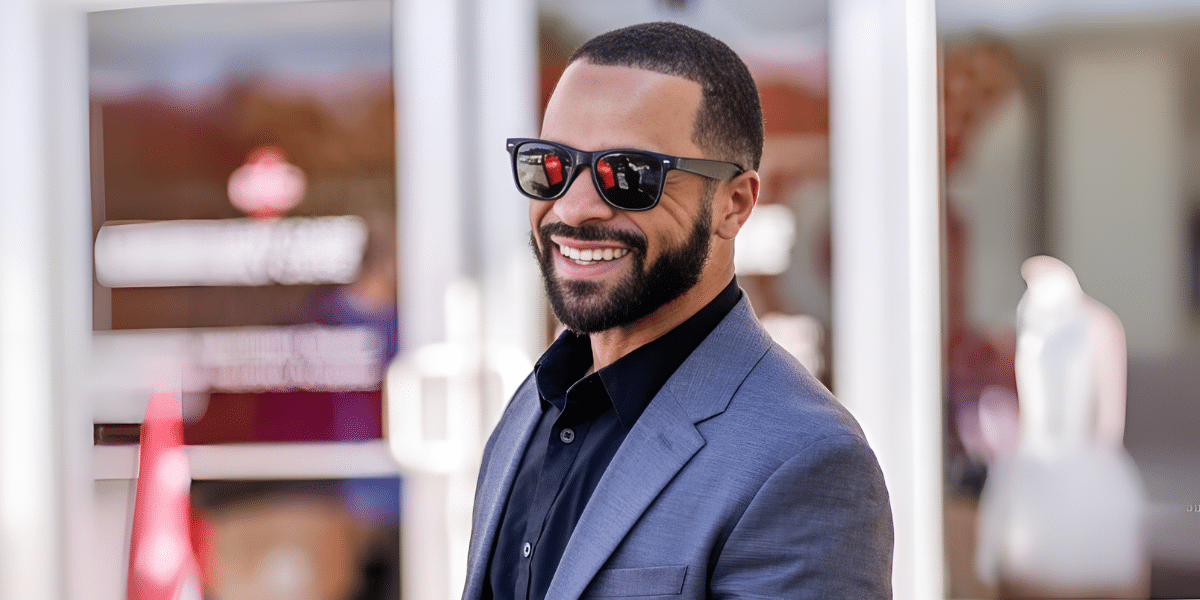As the business world continues to gradually shed itself of traditional methodologies, business leaders are excited to embrace the new landscape taking its place. Some are elated to see the eradication of the 9-to-5 work schedule. Some are excited by the simultaneous destigmatization and expansion of remote work. Bent Philipson, Founder of Philosophy Care, a consulting firm providing a range of services to skilled nursing facilities, is glad that people are reimagining what it means to be a ‘leader.’
“It’s time we get rid of the hierarchical organizational model,” Bent said. “Collaboration should happen across the entire company, with every staff member sharing responsibility and control.”
What Bent Philipson is referring to is a collaborative leadership model, which supports transparency, teamwide accountability, mutual empowerment, and active engagement. Collaborative leaders don’t hold the reins of power because they believe every employee plays a critical role in the growth of a company. It’s a “we” over “me” mentality with everyone working together towards a common goal.
Collaborative leadership demands a lot of skill and thoughtfulness in order to work, however. Leaders must be the connective tissue between their teams so that anarchy doesn’t ensue. While there can be a number of traits that sets collaborative leaders apart from those stuck in outdated leadership roles, Bent Philipson believes there are a few traits that are the most prominent.
Influential Rather Than Controlling
Oftentimes, when a leader shares an opinion, their employees tend to comply whether they agree or not. This immediately shuts the conversation down and, in the process, extinguishes any innovative or creative ideas employees might have wanted to bring to the table. Instead of cultivating an environment controlled by those in charge, leaders should focus on influencing their employees to realize their full potential.
Bent Philipson realizes that the input and feedback of his team has been pivotal to Philosophy Care’s growth, and he relies on his employees to help move ideas forward.
An Emphasis on Empathy
Empathetic leaders tend to have better company cultures than their counterparts. Studies have shown that employees aren’t only happier working for these leaders, but that they are more productive and engaged as well. Empathetic leaders want to understand their employees better so they can better support them in meeting their professional development goals.
Catalysts for Change
Collaborative leaders aren’t interested in forcing their team members to abide by their ideas and goals. Instead, they want to inspire their employees to be decision-makers and innovative-thinkers because they realize that success is only possible when the entire company is working together as a unit. Collaborative leaders recognize the skills and knowledge inherent in each one of their employees, and they want to help those traits, and their employees, shine.
If you’ve never tried the collaborative leadership approach before, it might take some practice to achieve perfection. But at the core of collaborative leadership is a focus on people, and Bent Philipson believes that more business leaders need to begin recognizing, and appreciating, the power of their employees.





